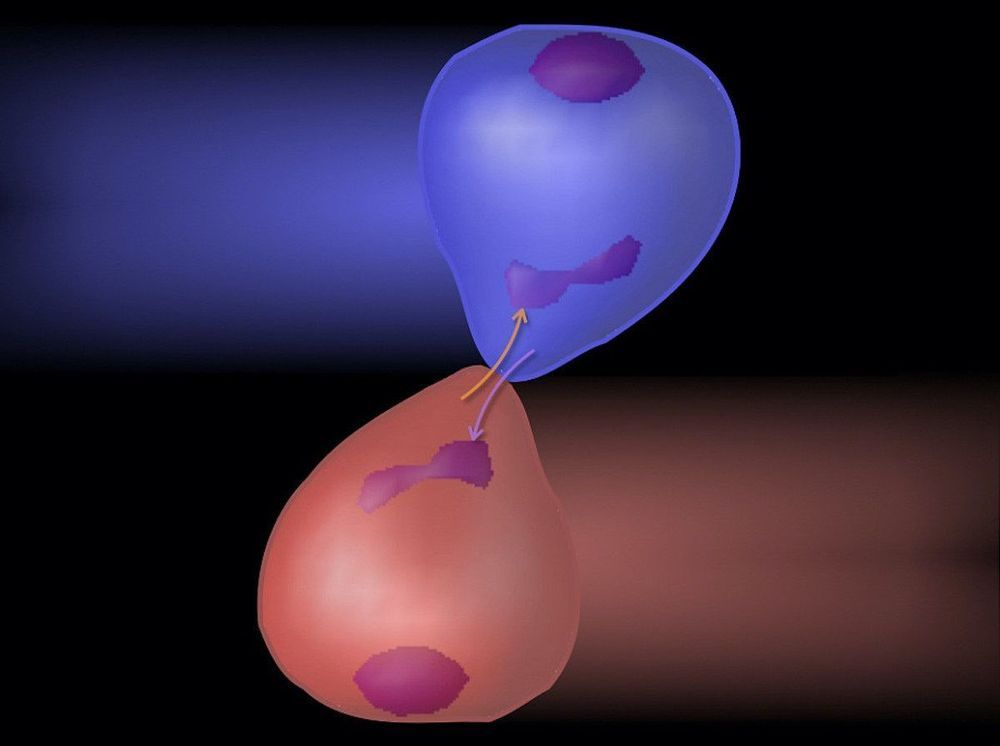As the world edges closer towards exascale computing, the University of Florida has announced a partnership with chipmaker NVIDIA that aims to create a 700-petaflop AI supercomputer next year.


As the world edges closer towards exascale computing, the University of Florida has announced a partnership with chipmaker NVIDIA that aims to create a 700-petaflop AI supercomputer next year.

“‘Aurora will enable us to explore new frontiers in artificial intelligence and machine learning,’ said Narayanan ‘Bobby’ Kasthuri, assistant professor of neurobiology at the University of Chicago and researcher at Argonne. ‘This will be the first time scientists have had a machine powerful enough to match the kind of computations the brain can do.’”
Super computer Aurora will help map the human brain at “quintillion—or one billion billion—calculations per second, 50 times quicker than today’s most powerful supercomputers.”
Note: the article discusses implications beyond neuroscience.
Argonne, DOE and Intel announce exascale computer built for next-generation AI and machine learning.

The high energy consumption of artificial neural networks’ learning activities is one of the biggest hurdles for the broad use of Artificial Intelligence (AI), especially in mobile applications. One approach to solving this problem can be gleaned from knowledge about the human brain.
Although it has the computing power of a supercomputer, it only needs 20 watts, which is only a millionth of the energy of a supercomputer.
One of the reasons for this is the efficient transfer of information between neurons in the brain. Neurons send short electrical impulses (spikes) to other neurons—but, to save energy, only as often as absolutely necessary.

The giant impacts that dominate late stages of planet formation have a wide range of consequences for young planets and their atmospheres, according to new research.
Research led by Durham University and involving the University of Glasgow, both UK, has developed a way of revealing the scale of atmosphere loss during planetary collisions based on 3D supercomputer simulations.
The simulations show how Earth-like planets with thin atmospheres might have evolved in an early solar system depending on how they are impacted by other objects.

Window into micro-cosmos
The strong force operating between quarks obeys very complicated rules — so complicated, in fact, that usually the only way to calculate its effects is to use approximations and supercomputers.
The unique nature of the X(6900) will help understand how to improve the accuracy of these approximations, so that in the future we will be able to describe other, more complex mechanisms in physics that are not within our reach today.

Such noise nearly drowned out the signal in Google’s quantum supremacy experiment. Researchers began by setting the 53 qubits to encode all possible outputs, which ranged from zero to 253. They implemented a set of randomly chosen interactions among the qubits that in repeated trials made some outputs more likely than others. Given the complexity of the interactions, a supercomputer would need thousands of years to calculate the pattern of outputs, the researchers said. So by measuring it, the quantum computer did something that no ordinary computer could match. But the pattern was barely distinguishable from the random flipping of qubits caused by noise. “Their demonstration is 99% noise and only 1% signal,” Kuperberg says.
To realize their ultimate dreams, developers want qubits that are as reliable as the bits in an ordinary computer. “You want to have a qubit that stays coherent until you switch off the machine,” Neven says.
Scientists’ approach of spreading the information of one qubit—a “logical qubit”—among many physical ones traces its roots to the early days of ordinary computers in the 1950s. The bits of early computers consisted of vacuum tubes or mechanical relays, which were prone to flip unexpectedly. To overcome the problem, famed mathematician John von Neumann pioneered the field of error correction.

Wiring a New Path to Scalable Quantum Computing
Last year, Google produced a 53-qubit quantum computer that could perform a specific calculation significantly faster than the world’s fastest supercomputer. Like most of today’s largest quantum computers, this system boasts tens of qubits—the quantum counterparts to bits, which encode information in conventional computers.
To make larger and more useful systems, most of today’s prototypes will have to overcome the challenges of stability and scalability. The latter will require increasing the density of signaling and wiring, which is hard to do without degrading the system’s stability. I believe a new circuit-wiring scheme developed over the last three years by RIKEN’s Superconducting Quantum Electronics Research Team, in collaboration with other institutes, opens the door to scaling up to 100 or more qubits within the next decade. Here, I discuss how.

Australian and US physicists say they have calculated the speed of the most complex nuclear reactions and found that they’re, well, really fast. We’re talking as little as a zeptosecond – a billionth of a trillionth of a second (10-21).
The finding follows a comprehensive project to calculate detailed models of the energy flow during nuclear collisions.
Cedric Simenel from the Australian National University worked with Kyle Godbey and Sait Umar from Vanderbilt University to model 13 different pairs of nuclei, using supercomputers at ANU and in the US.

June 25, 2020 — The rapid politicization of the COVID-19 pandemic can be seen in messages members of the U.S. Congress sent about the issue on the social media site Twitter, a new analysis found.
Using artificial intelligence and resources from the Ohio Supercomputer Center, researchers conducted an analysis that covered all 30,887 tweets that members sent about COVID-19 from the first one on Jan. 17 through March 31.
